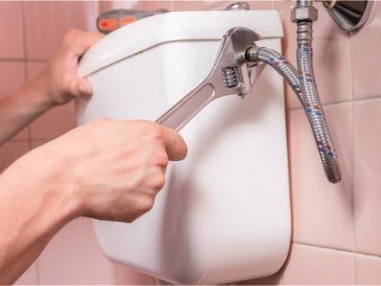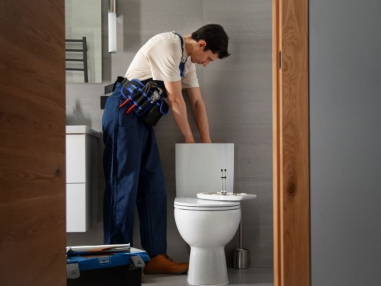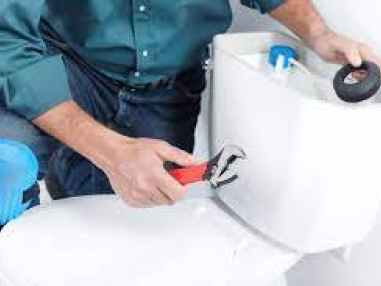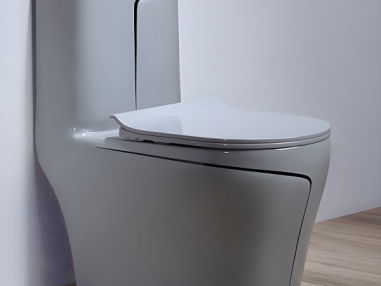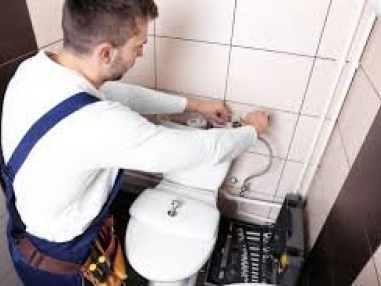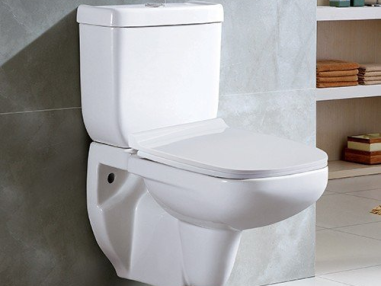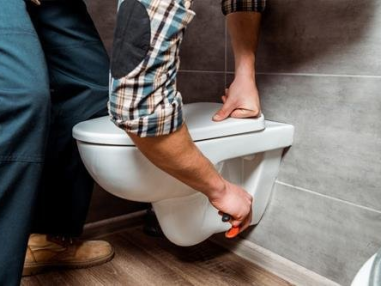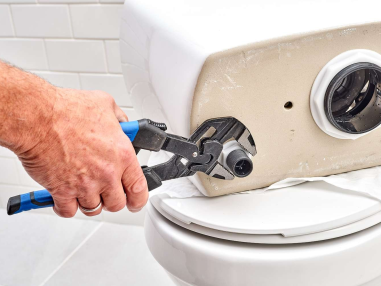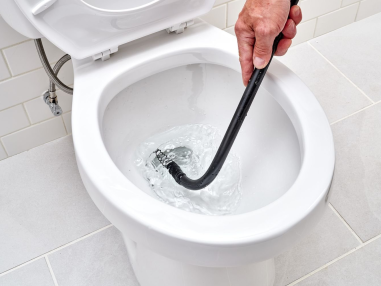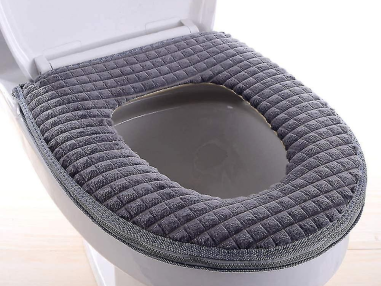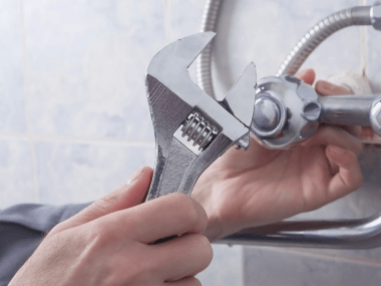
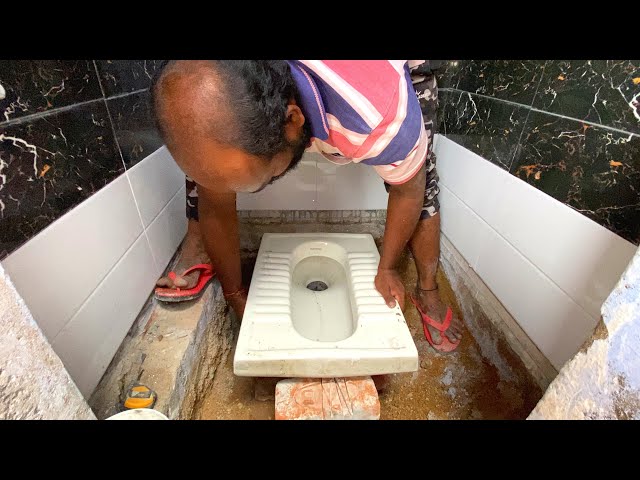
Installing an Indian toilet, also known as a squatting toilet or pedestal pan, can be a DIY project depending on your plumbing skills and comfort level. Here's a breakdown to help you decide
Suitable for Toilet Installation (if you have): Basic Plumbing Knowledge: Understanding how the toilet connects to the drainage system and water supply is helpful.
Standard Tools: The installation usually requires adjustable wrenches, screwdrivers, a level, and a bucket (for water).
Matching Replacement Toilet (or knowledge of existing model): If replacing an existing toilet, ensure the new one has the same rough-in measurement (distance between the waste outlet and wall) to avoid plumbing modifications.
Access to the Floor Drain: You'll need access to the floor drain area to connect the toilet's outlet pipe.
Steps Involved in Indian Toilet Installation (General Overview):
Turn Off Water Supply (if applicable): If installing a new toilet with a water tank for flushing, locate the shut-off valve and turn off the water supply completely.
Remove the Old Toilet (if applicable): Disconnect any water supply line (if present), unbolt the toilet from the floor flange, and carefully remove it. Dispose of
the old toilet properly.
Prepare the Floor Flange: Ensure the floor flange (the waste outlet pipe connection on the floor) is level and in good condition. If replacing the flange is
necessary, consult a professional plumber.
Install the Wax Ring: Place a new wax ring (creates a watertight seal) on the floor flange, positioning the hole in the center.
Set the Indian Toilet Pan: Carefully lower the toilet pan onto the flange, ensuring the wax ring compresses to form a seal.
Secure the Toilet to the Floor: Most Indian toilets use bolts that secure the pan directly to the floor. Tighten the bolts firmly but evenly (avoid over-tightening).
Connect the Water Supply (if applicable): If your toilet has a water tank, connect the water supply line to the fill valve using a flexible hose connector. Ensure a
secure connection and use Teflon tape for leak prevention.
Level the Toilet Pan (if applicable): Some Indian toilet pans have adjustable feet. Use these to level the pan if necessary for proper drainage.
Install the Trap and P-trap (if applicable): Some Indian toilet designs incorporate a P-trap (U-shaped pipe) below the pan. Follow the manufacturer's instructions
for installation and ensure a proper water seal.
Test the Drainage and Flushing (if applicable): Pour a bucket of water into the pan to check for proper drainage through the waste outlet pipe. If your toilet has a
water tank, test the flushing mechanism and ensure there are no leaks around the connections.
Important Considerations for Indian Toilet Installation:
Matching Toilet Model: Ensure the new toilet has the same rough-in measurement as the old one to avoid needing plumbing modifications.
Proper Sealing: A secure wax ring seal is crucial to prevent leaks around the toilet base.
Following Instructions: Refer to the new toilet's installation manual for specific instructions and torque recommendations for connections.
Floor Strength and Weight Support: Indian toilets can be heavier than western toilets. Ensure the floor can support the weight of the toilet and user.
When to Call a Professional Plumber:
Complex Plumbing Systems: If your bathroom has a complex drainage system or requires modifications to pipes for the new toilet, it's best to call a professional
plumber.
Cracked Floor Flange or Drainage Issues: If the floor flange is cracked or damaged, or if you suspect drainage problems beyond the toilet itself, professional help is recommended.
Hidden Leaks or Wall Repairs: Leaks originating from concealed pipes within the wall, or if toilet replacement involves wall repairs, necessitate a professional
plumber to avoid further damage.
Limited Experience or Confidence: If you lack confidence in your skills or feel uncomfortable working with plumbing connections, don't hesitate to call a
professional plumber for a secure and leak-free installation.
Finding a Qualified Plumber:
Get Recommendations: Ask friends, family, or local hardware stores for recommendations on reputable plumbers experienced in Indian toilet installations.
Check Online Reviews: Read online reviews to gauge customer experiences with potential plumbers.
Verify Credentials: Ensure the plumber is licensed and insured.
Get Quotes: Obtain quotes from several plumbers to compare pricing and services offered.
